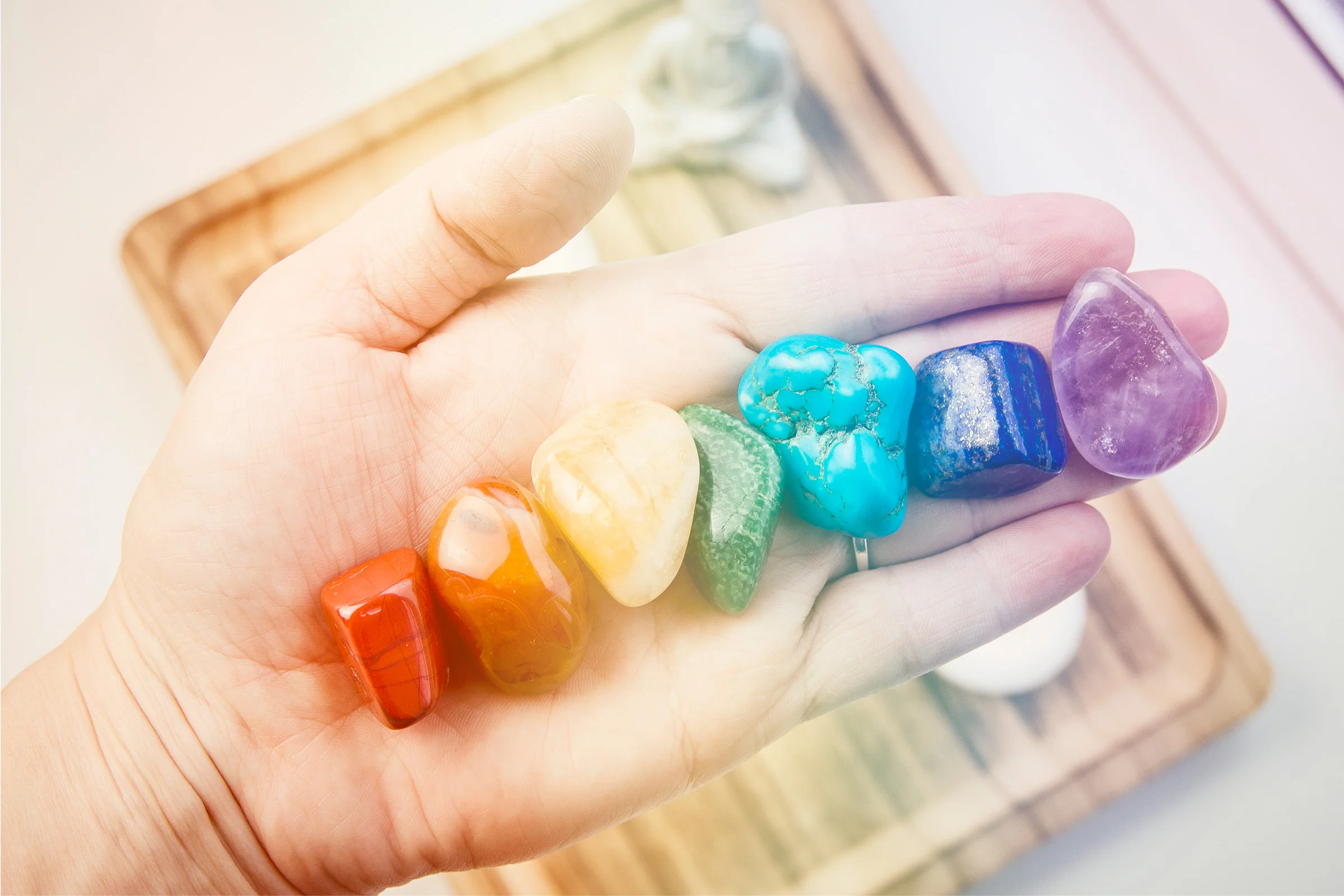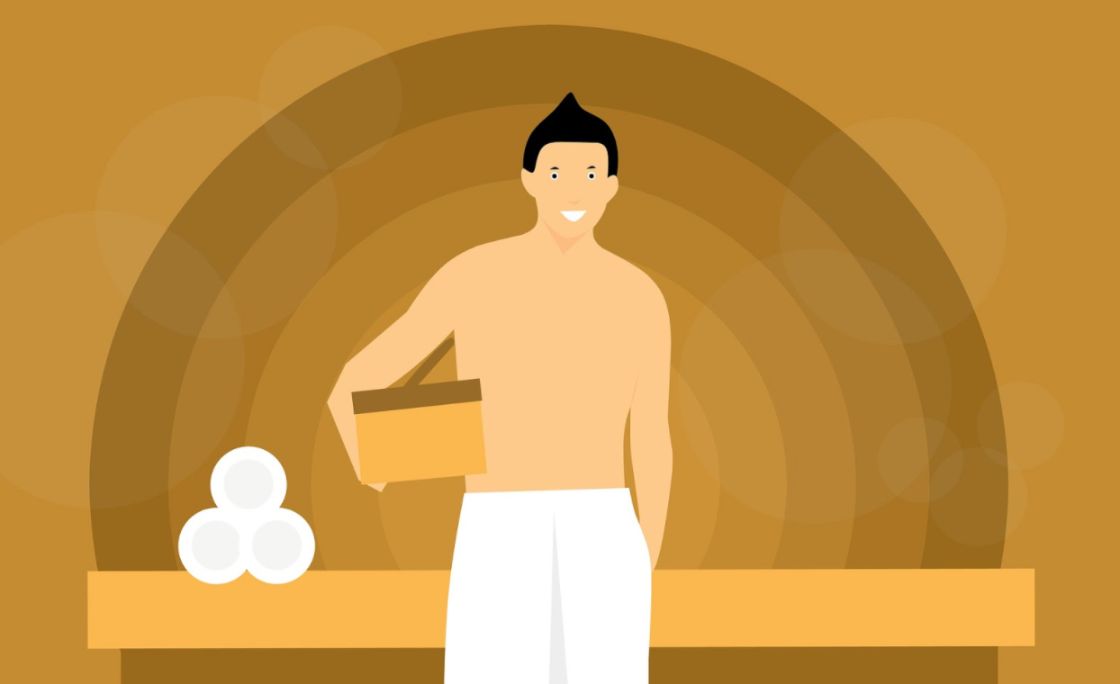The global rise in health awareness has resulted in an increasing number of people turning to mindful practices such as yoga and meditation.
While these practices have physical benefits such as improved blood circulation, there are also countless spiritual, mental, and emotional benefits to meditation and associated therapies.
While meditation is accessible to everyone, it takes time, energy, and expertise to truly master.
As with any practice, beginners must learn new concepts and vocabulary in order to fully immerse themselves in the art of meditation.
Many people who practice meditation believe that the secret to achieving the mind’s fullest potential is understanding and unblocking chakras.
We know what you’re wondering: What are chakras? How many are there? How do I unblock chakras, and why do I need to?
Don’t fret – we’ve laid out the basics for you.
Keep reading to begin your journey to become a meditation master!
Understanding Chakras
Before we can cleanse and balance our chakras, we must understand what they are.
Think of your body as a machine with small parts which come together in order to make the whole system operate.
While each part has its own value and important task to accomplish, the true beauty is in watching all the parts work together to create a collective masterpiece.
The word “chakra” is Sanskrit for “wheel”; your chakras are essentially the wheels that allow your body’s systems to work effectively in unison.
Chakra energy blocks exist in the parts of your body which often experience stress or discomfort; keeping these parts healthy is vital for the proper functioning of the body.
It is worth noting, of course, that chakras are not literal, physical wheels within your body.
Rather, they are energetic centers.
Those individuals who have their chakras balanced and activated can feel when they have imbalanced or blocked chakras.
When there is stagnation in one chakra, others are also affected.
The same can be said about your body — healthy bodies are the result of many healthy subsystems.
This is why it is important to know where your chakras are and whether they need to be unblocked.
The goal of paying attention to chakras is ensuring that your body is healthy, strong, and at its fullest potential.
There are seven widely-recognized chakras in the human body, each identified with a Sanskrit word.
These chakras each have their own focus and goal, but they also depend on the other chakras’ health and efficiency.
Understanding where the chakras are — and how they function — will allow you to work to re-energize them during meditation.
Muladhara Chakra

Imagine that you are sitting cross-legged on the floor.
The lowest point of your body is feeling the most pressure from your weight is where the Muladhara chakra lives.
The Muladhara is located at the end of your spine and is often referenced as the foundation of the body.
Many people link this chakra with safety and security, as this part of your body is what allows the rest of your body to stand tall and move freely.
It is for this reason that the Muladhara chakra is also known as the root chakra.
While the root chakra is what creates stability within the body, a lack of stability outside of the body can often lead to troubles in this region such as bladder, colon, and lower back discomfort.
Addressing any stresses in your life related to security and relieving any anxieties will help to balance this chakra.
Svadhisthana Chakra

Located in the lower belly and inner pelvis, the Svadhisthana chakra is identified as a center for creativity and passion.
This chakra is typically represented by water and emphasizes flexibility and the body’s ability to embrace pleasure.
Also referred to as the sacral chakra, a healthy Svadhisthana regulates your bladder, kidneys, and reproductive system.
Manipura Chakra

The next chakra is commonly associated with fire due to its bold purpose and relation to the spirit.
Manipura, which translates to “lustrous gem of the city,” regulates your sense of purpose, identity, and will.
This chakra also referred to as the solar plexus chakra, holds much power, as its health is what regulates your personal sense of self.
Located near the navel, blockage of the Manipura chakra results in issues related to eating and digestion.
Many people also link Manipura blockage with aggression or a lack of self-esteem.
Anahata Chakra

Located close to the physical heart, the Anahata chakra is directly connected to love and desire.
This chakra is especially important because of its location in the direct center of the line of chakras.
As would be expected from the heart chakra, its health depends on openness, awareness, and willingness to love and be loved.
A blocked Anahata chakra can result in anger, fear, or hatred.
Vishuddha Chakra

Vishuddha translates to “purification”; located in the throat, this chakra is associated with voice and communication.
Are you saying what you mean? Are your words pure and truthful?
Spiritually, a blocked Vishuddha chakra may make a person feel unable to speak their mind or put their thoughts into words.
Physically, health problems in the thyroid, neck, throat, or jaw may occur.
Ajna Chakra

Also known as the third eye chakra, the Ajna maximizes sight into the past, present, and future.
Its placement between the brows is meant to provide clarity and awareness, thereby allowing people to truly see the world.
The Ajna chakra is related to wisdom and conscience; the goal in honing into this chakra is being able to see not only what is happening in the world, but why it is happening.
Therefore, it is believed that this chakra guides a person’s morals and ethics.
Awareness and understanding are maximized when this chakra is unblocked.
Some find that using pillows with amethyst can help to clear this area.
Sahasrara Chakra

Also known as the crown chakra, Sahasrara translates to “thousand petal lotus”.
This chakra lives at the top — or crown — of the head.
This chakra is possibly the most difficult to unblock, as the Sahasrara chakra requires a spiritual understanding of existence and transcendence.
To unblock this chakra, a person must acknowledge the universe as an entity that expands far beyond their own identity, perspective, and ego.
Ultimately, the Sahasrara chakra represents unity between the finite and the infinite.
How to Unblock Chakras
Reaching the fullest potential of each of these chakras requires them all to be in their healthiest state.
The process of achieving this is known as “unblocking.”
To understand how to unblock chakras, it is necessary to recognize that unblocking is not a physical process, but rather means allowing energy to freely flow through each chakra.
As each chakra is unique, each needs specific attention to be unblocked.
You cannot will all seven chakras to become unblocked in one swift meditation practice.
Often, you will also need to address elements of your physical being and life in order to relieve stress which might be blocking one or many of your chakras.
There are many methods to unblocking chakras.
Repeating mantras, tapping parts of the physical body, reiki, yoga, and meditation are commonly cited as means of unblocking chakras.
Maximizing chakras is a personal journey; you will likely need to try many methods before learning what works best for you.
Chakras Colors
In addition to being associated with parts of the body, each chakra is also associated with a color.
It is believed that colors are directly related to emotions, and that focusing on certain colors means focusing on a specific chakra’s needs.
The colors of the chakras are ordered in the color of the rainbow; the goal is to have unblocked chakras which create the entire spectrum of colors within the human body.
The colors are assigned as follows:
- Muladhara Chakra – Red
- Svadhisthana Chakra – Orange
- Manipura Chakra – Yellow
- Anahata Chakra – Green
- Vishuddha Chakra – Blue
- Ajna Chakra – Indigo
- Sahasrara Chakra – Violet
One of the best ways to tap into the rainbow which emerges from unblocked chakras is by embracing these colors in your daily life, and especially in your meditation practice.
We created a range of Rainbow and Chakra mats, meant to promote full-body cleansing by focusing attention on balancing the chakras.
Try the Inframat Pro® Second Edition Chakra Mat, available in small and large sizes.
In addition to their focus on chakra colors, these mats also incorporate Far Infrared (FIR) Therapy and PEMF.
There are numerous wellness benefits to using FIR mats during yoga, meditation, and other forms of therapy.
Chakras Test
Achieving holistic chakra health begins with knowledge, but requires much time and effort.
You might know what chakras are, how to unblock chakras, and even chakras colors, but it might still be difficult to know where to begin on your own personal journey.
Countless organizations have released a chakras test to help you identify which of your chakras need the most attention.
Try an online test, such as this one, or work with a professional to identify your spiritual and physical needs.
Take your first step towards balancing and aligning your chakras: visit the first-ever HealthyLine Meditative and Wellness Center, where you can try chakra balancing and cleansing sessions on our unique Chakra Inframat Pro.
We hope that this article has prepared you on your journey to chakra balance, and we hope to see you at our wellness center soon!








